Concept
Software is eating
the
world! It is reorganizing
the World! Software takes
command.
These strong claims by tech leaders and scholars highlight the spectacular presence of
software
in all aspects of our lives. They are also calls for citizens to be aware of this
spectacular
software presence.
re|thread is an art and software collective striving
to let
citizens make sense of software through artistic media. Software art, an art
discipline that
boomed in the early 2000s, remains as relevant as ever. Through software art, we wish to
unveil
software to the general public via artistic and emotional channels, stimulating a deep
understanding of one of the fabrics of society directly through their senses.
Software is the core medium that fuels our digital society, providing services to
citizens,
governments, activists and corporations. It is an invisible and intangible set of
processes
that run
millions of operations per second, on top of world-wide networks. With cyber|glow, we
wished
to unveil
these invisible processes and give the audience a sense of the extraordinary scale of
software that
surrounds them.
cyber|glow is a light
installation,
generated in real time based on software events from a
custom made game played by the audience. The multiplayer game is projected for the
audience to
play on their smartphones and the software powering the game is traced in real time.
These
software traces are mapped onto laser movements, revealing both the obvious and the
hidden
software events happening underneath the surface.
The Software
The cyber|glow web-based game was designed to fit the theme of the festival, teaching the audience about the scientific discoveries of some selected Nobel laureates. It also let the audience's own devices become an integrated part of the installation, without the need to install custom apps. Making our own game allowed us access to the entire software infrastructure: the software events in the game and on the computers making the game possible.
The Unveiling
In cyber|glow, we reveal four layers of software: 1) the communication between the different parts of the software stack: the player's phone, the web server and the computer generating the visuals; 2) the software events directly visible to the players, such as selecting a character, moving around or answering a question; 3) the server side software events happening in the background; and 4) the deep, almost unimaginably numerous, software events happening in the very core of the operating system while producing the laser and web based game visuals.
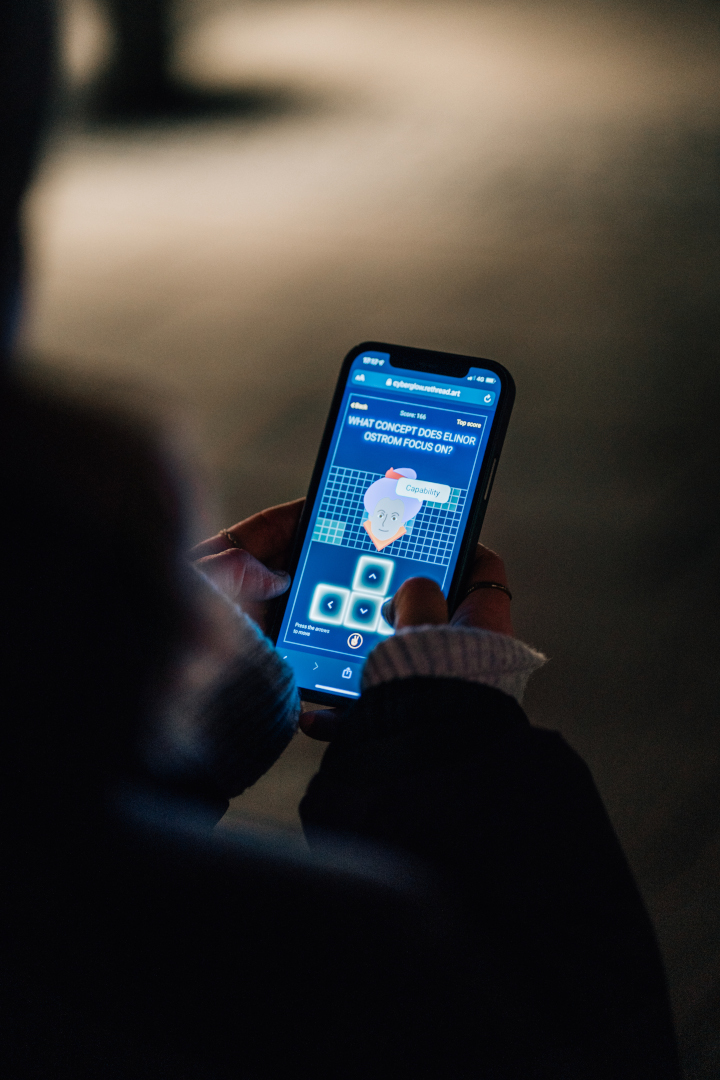
The Audience
When the audience plays the game, they perform the same kinds of actions as they are used to, but this time some of the software activity they are triggering is shown to them on a 9x28 meter laser projection. The experienced is strengthened by the emotional bond many of us have formed to our smartphones. By engaging with the interactive part of the work, the audience incorporates their own personal devices and a part of themselves.
Aside from triggering events within the game for the laser the visualise, the work provided a social experience of playing a digital multiplayer game with strangers, where all players were in the same physical space. We observed that separate groups of players were connected both through the in-game social features and in the real worl physical space.
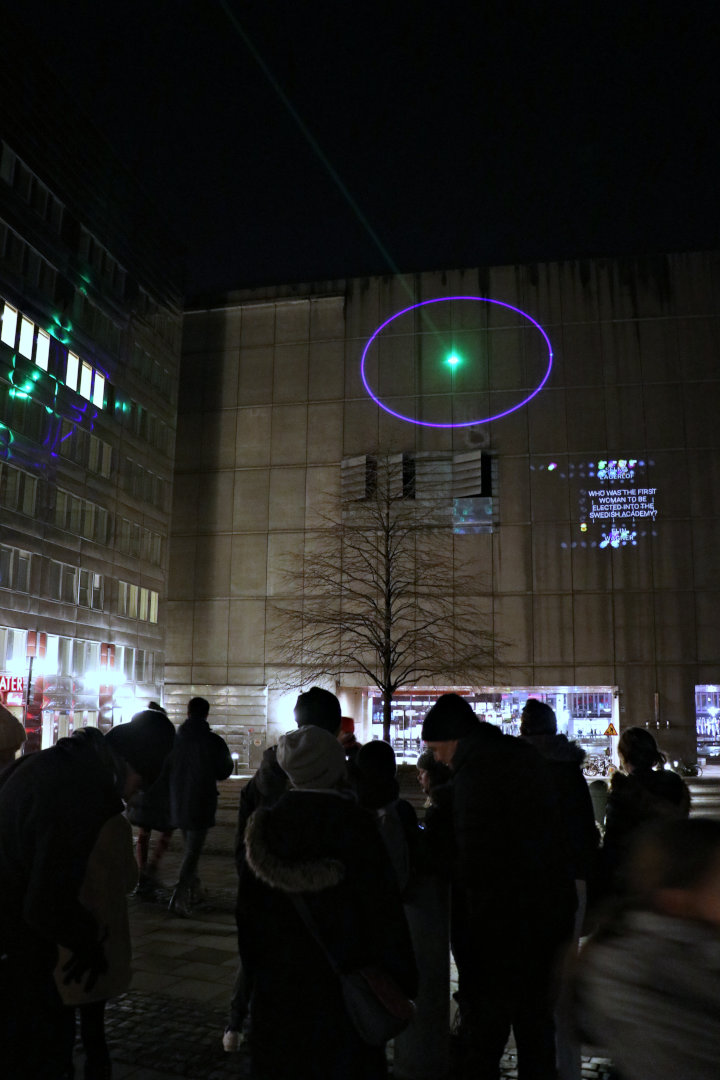
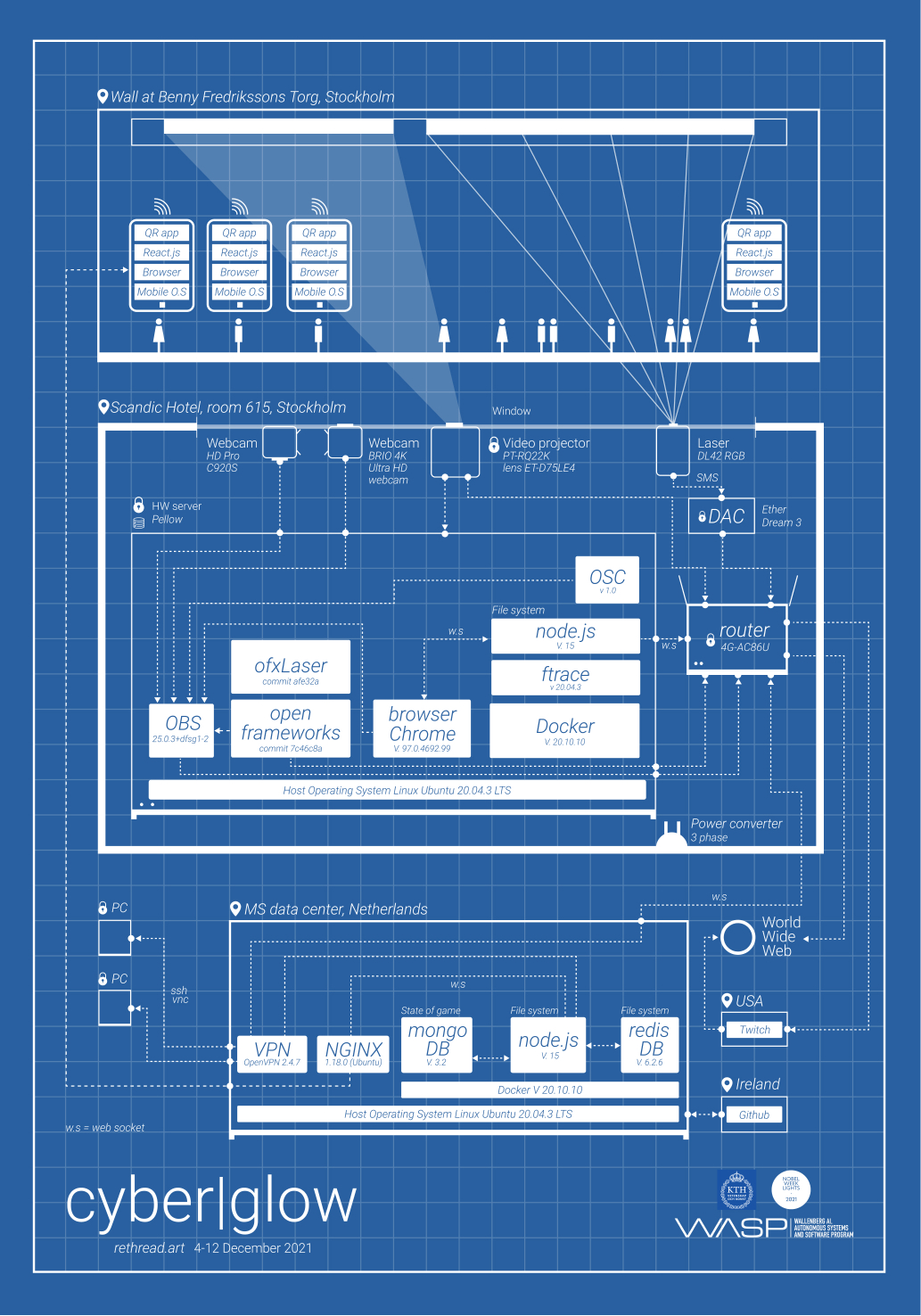
Blueprint
This blueprint shows a simplified overview of the hardware a software infrastructure that powers cyber|glow.
By following the lines in the diagram, you can trace the flow of digital signals between smartphones, network equipment and computers, eventually ending up as light on the wall.
Preparations
Every project needs preparations and tests. We have gathered here below some documentation from the iterative process that made cyber|glow what it was.
Laser tests in Reaktorhallen R1
To safely test the laser's capabilities and our designs, we had access to the remarkable Reaktorhallen R1, the site of Sweden's first nuclear reactor.
Drafts
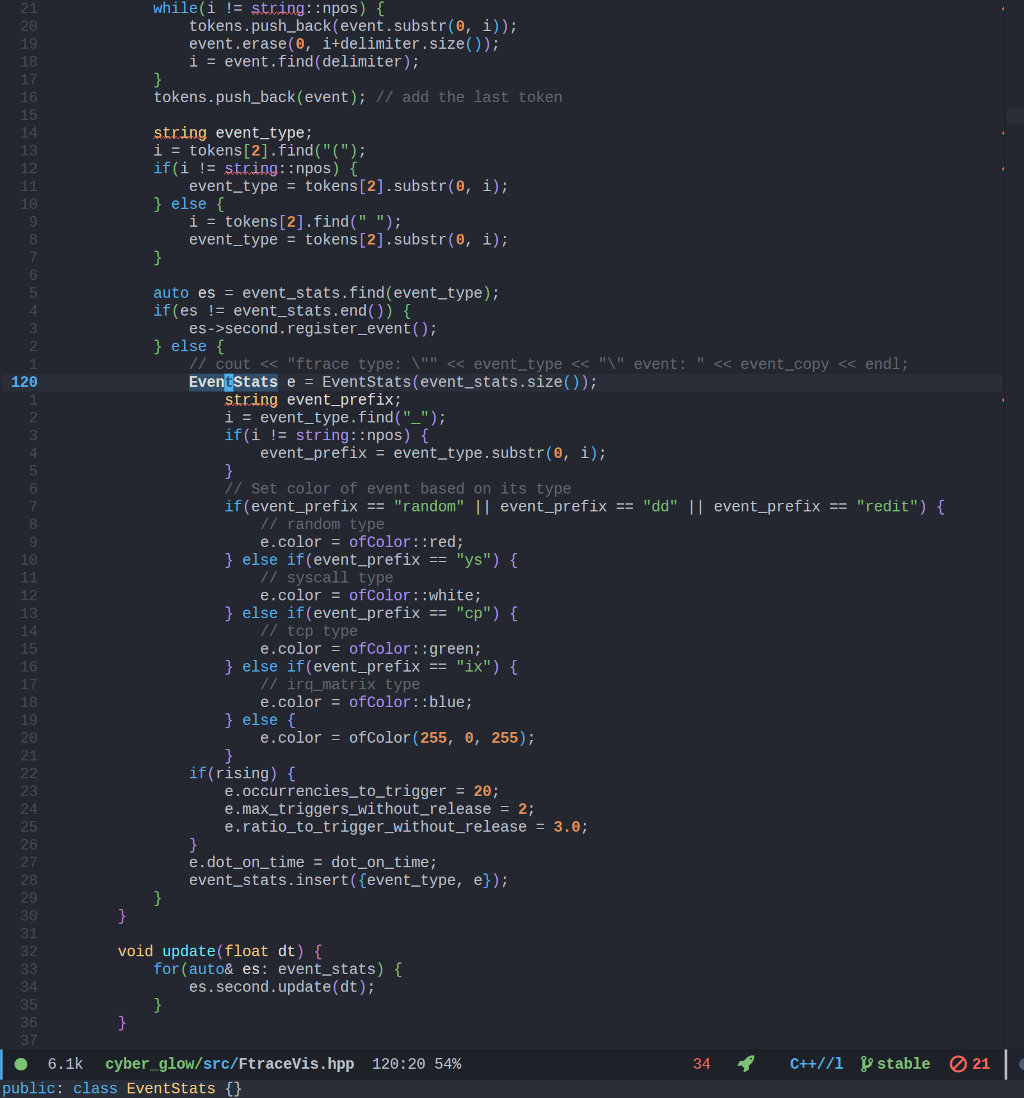
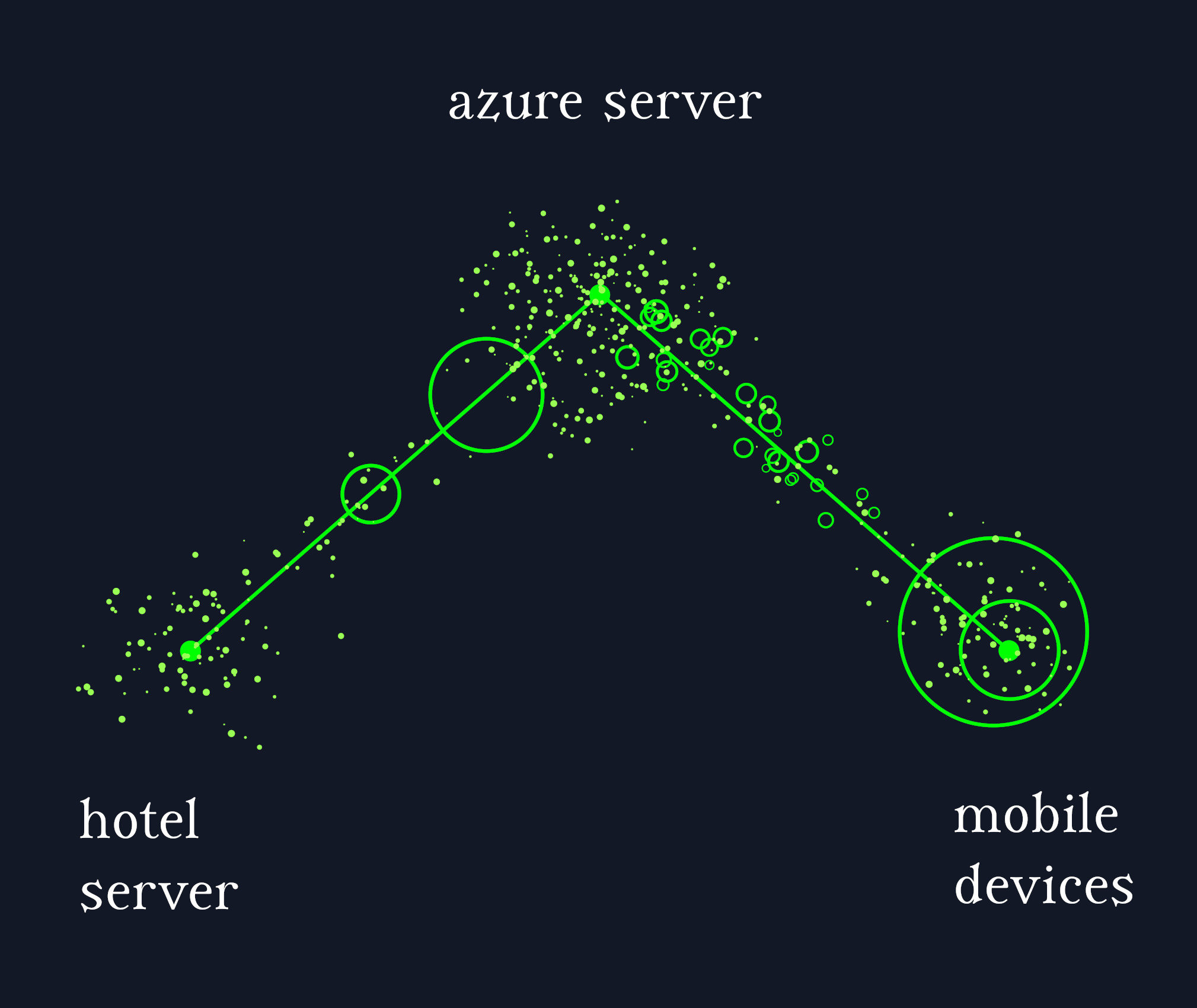


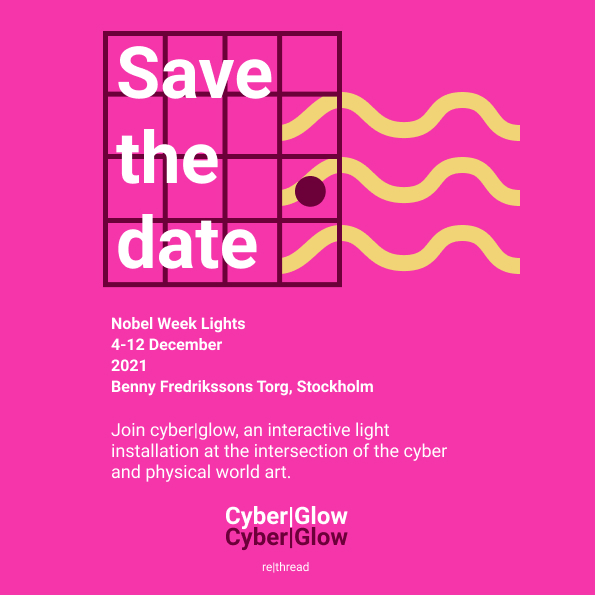
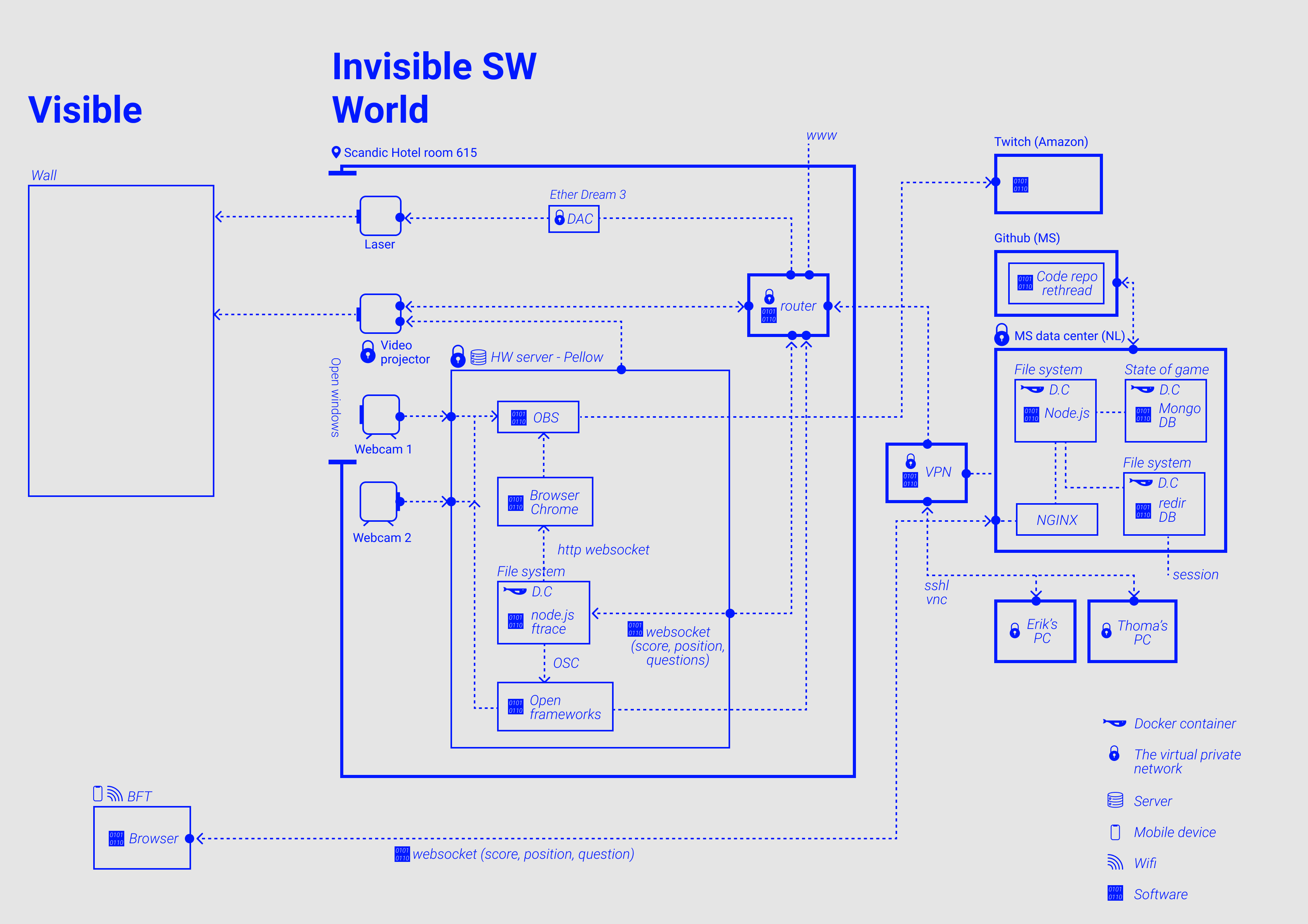
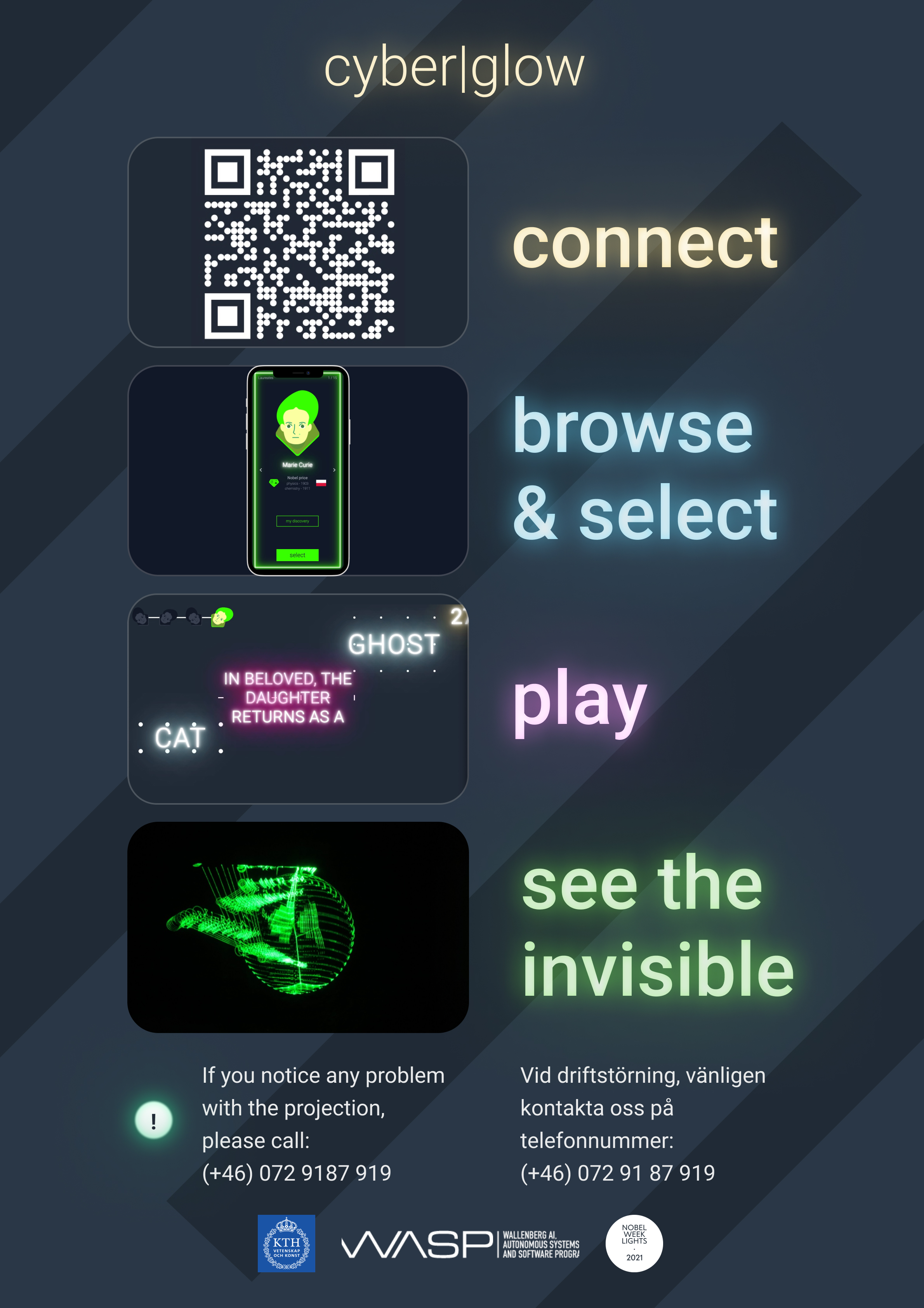
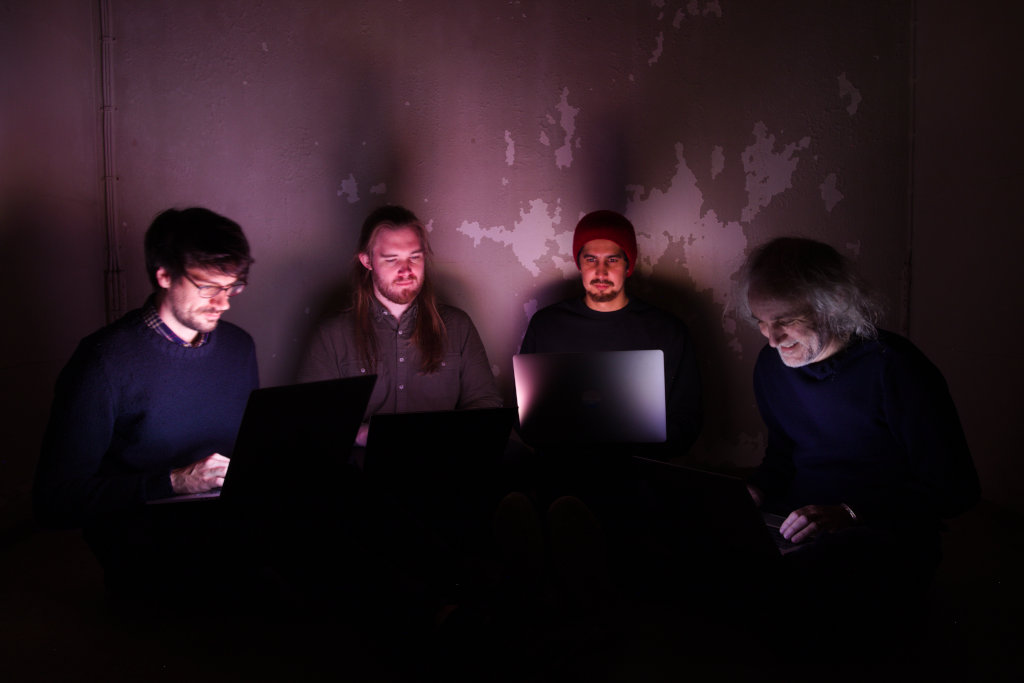
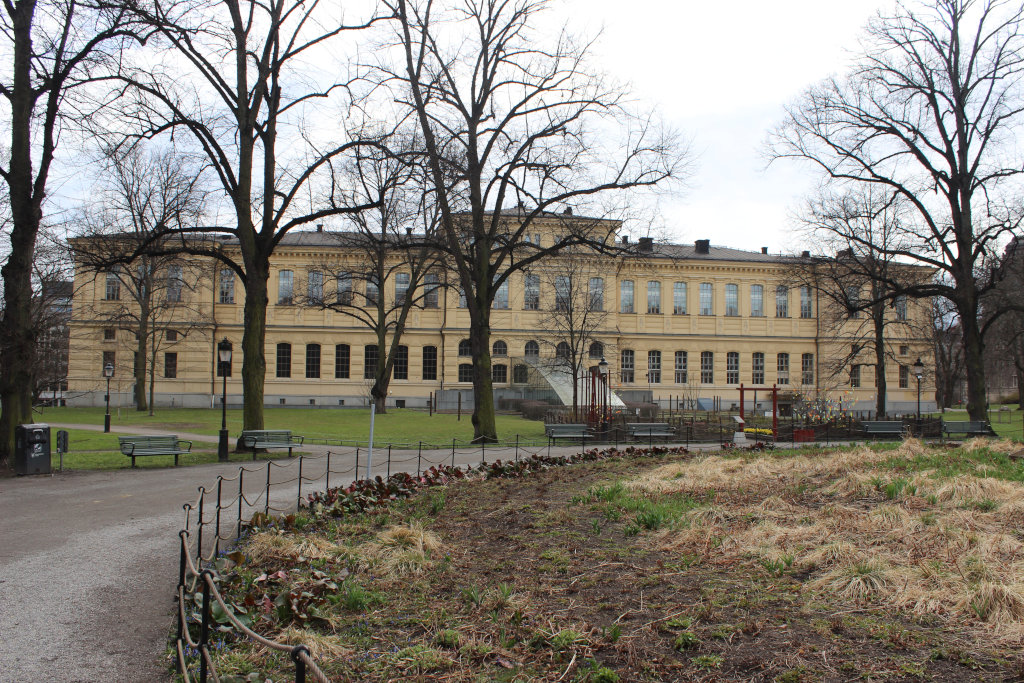
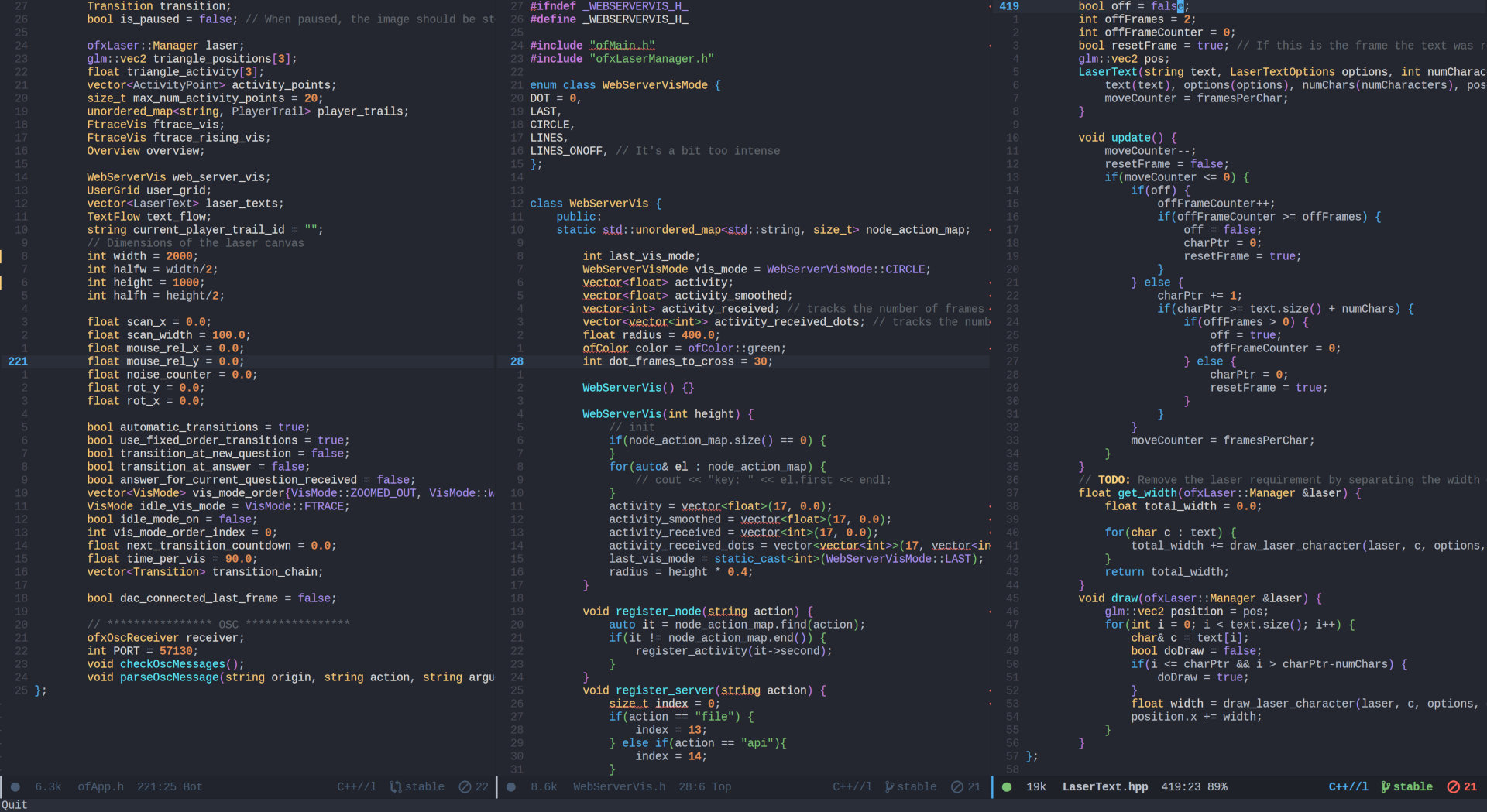
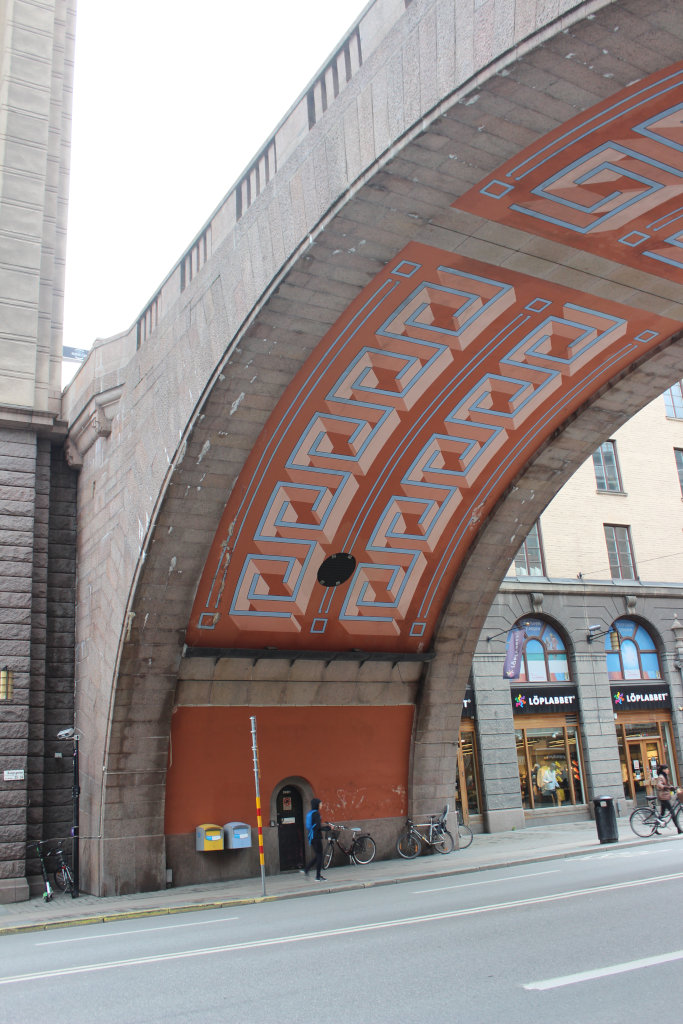
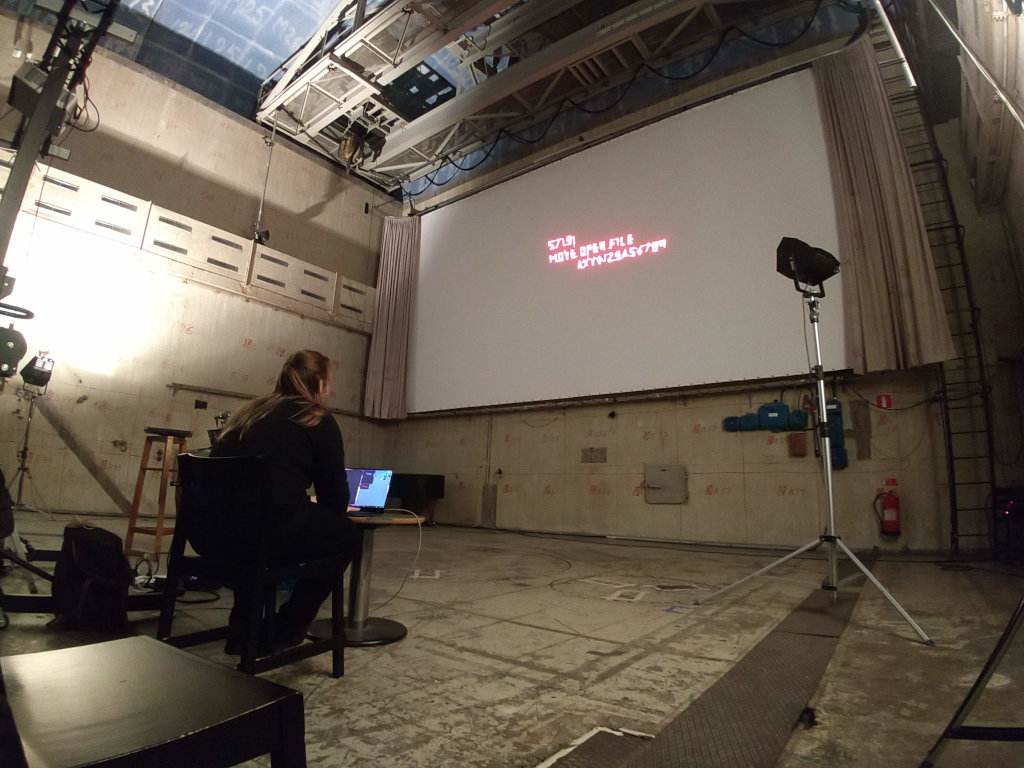
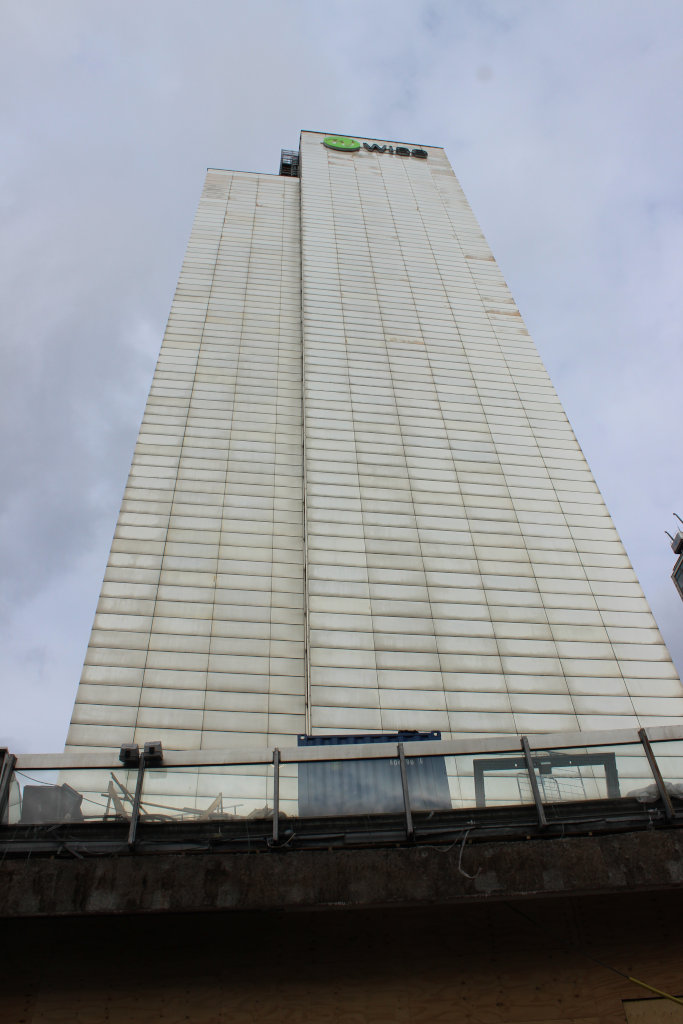
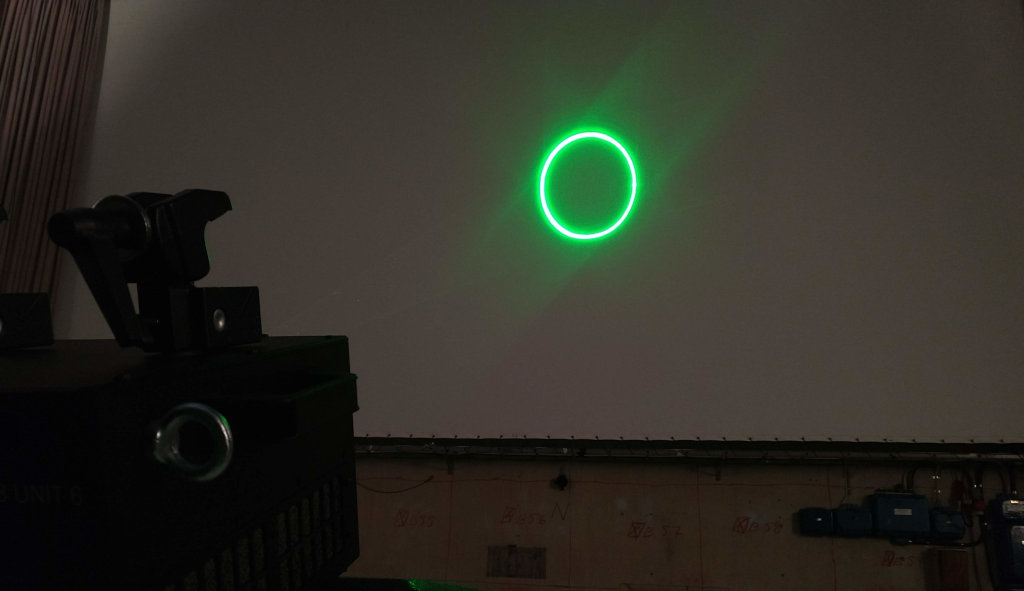
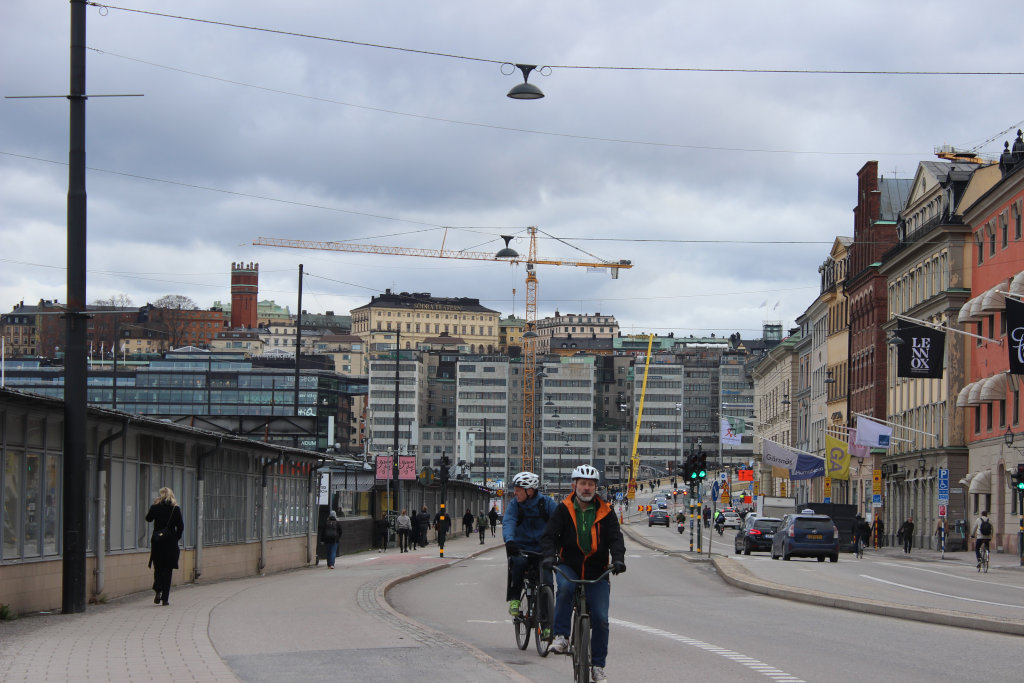

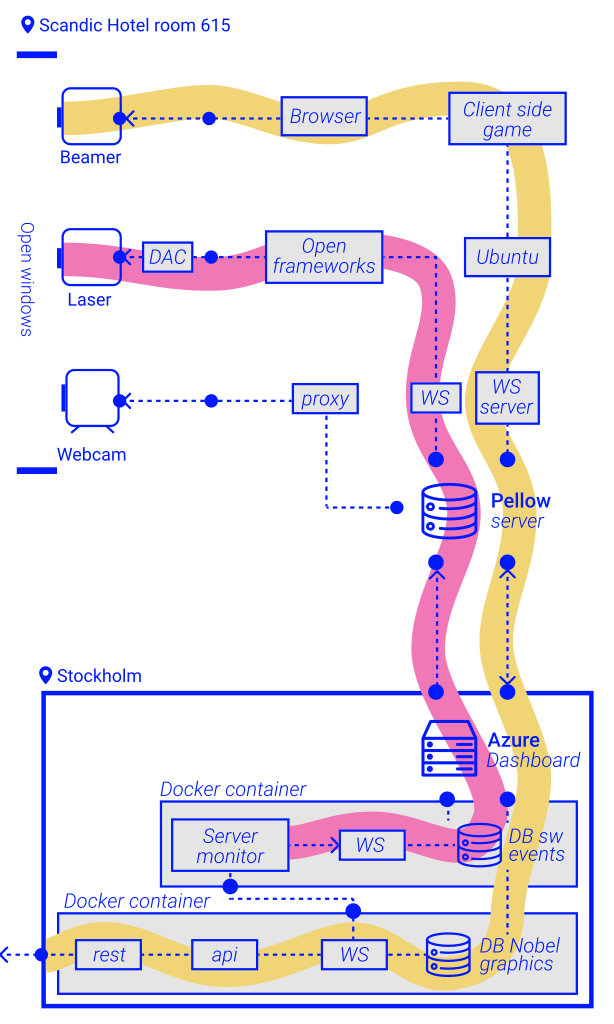
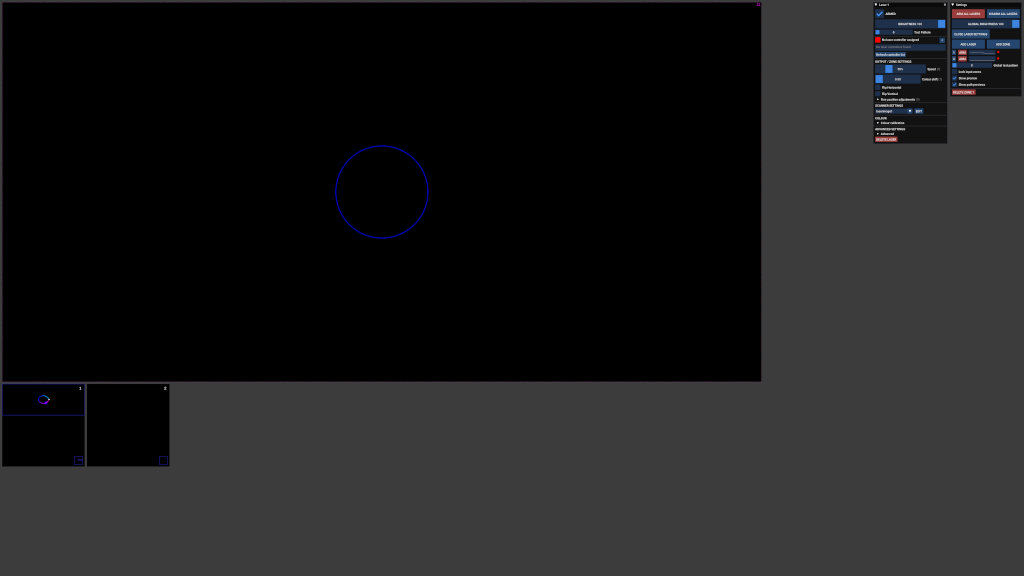
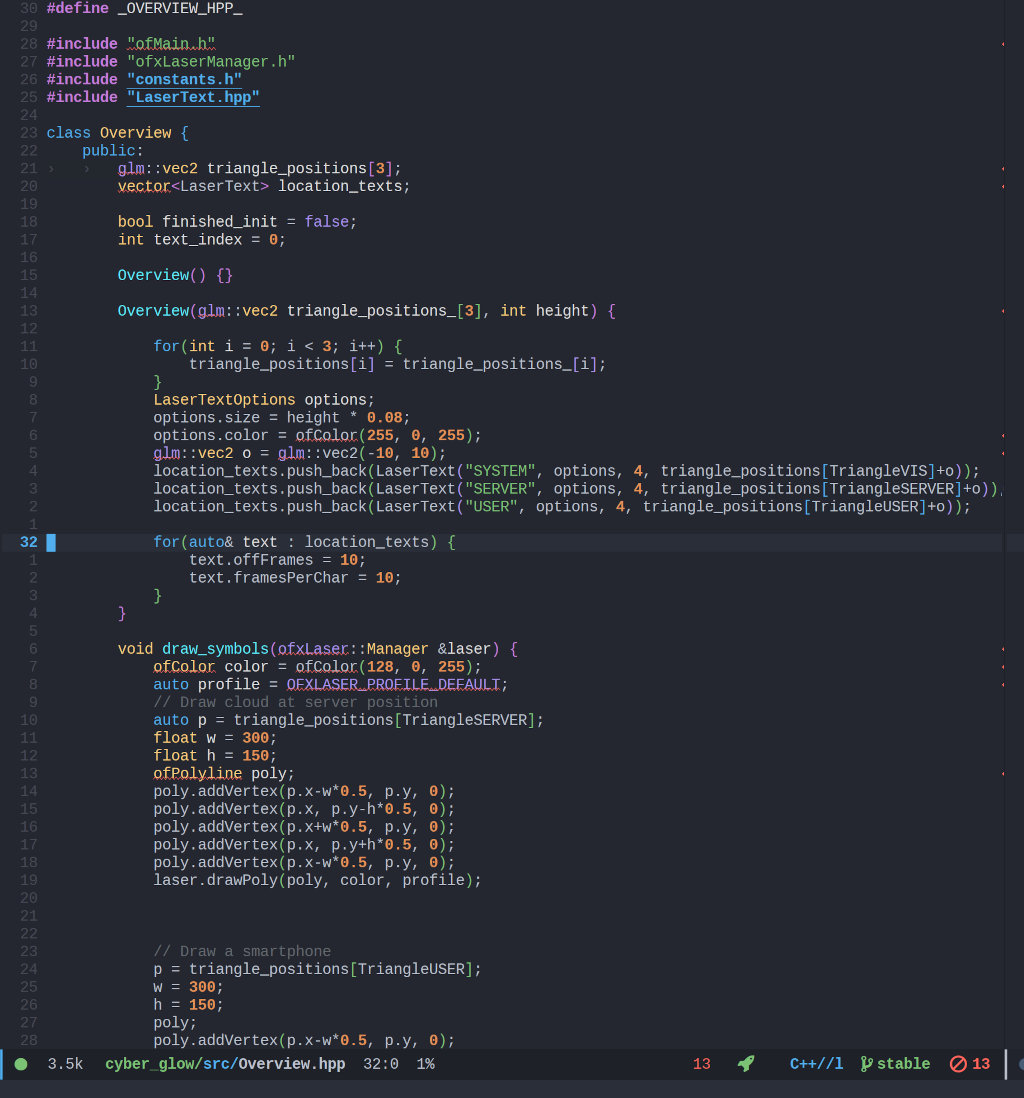
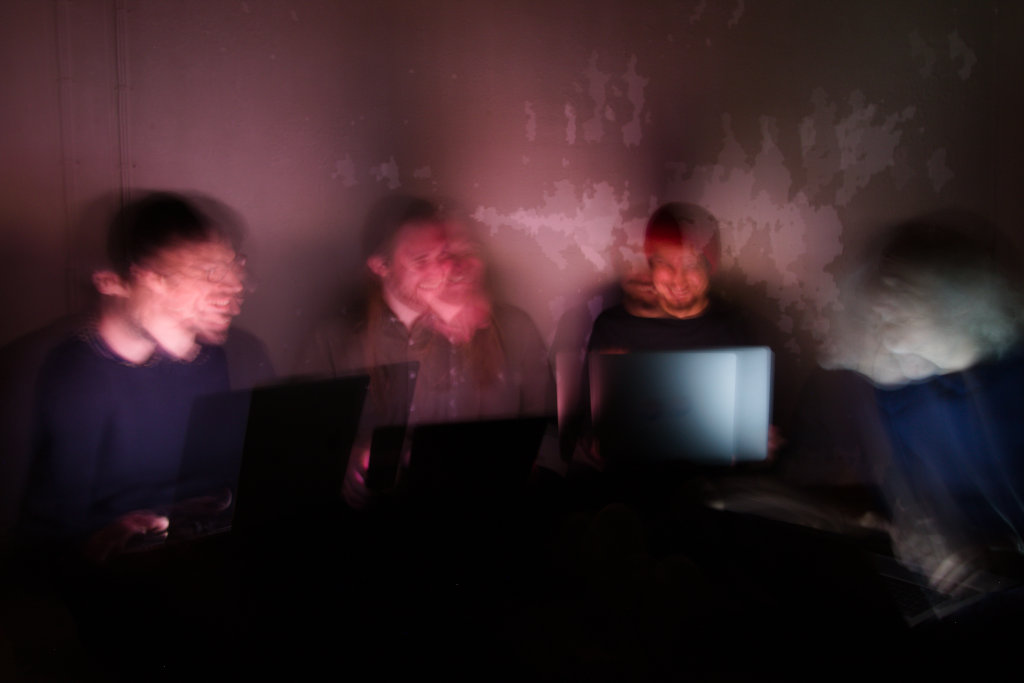
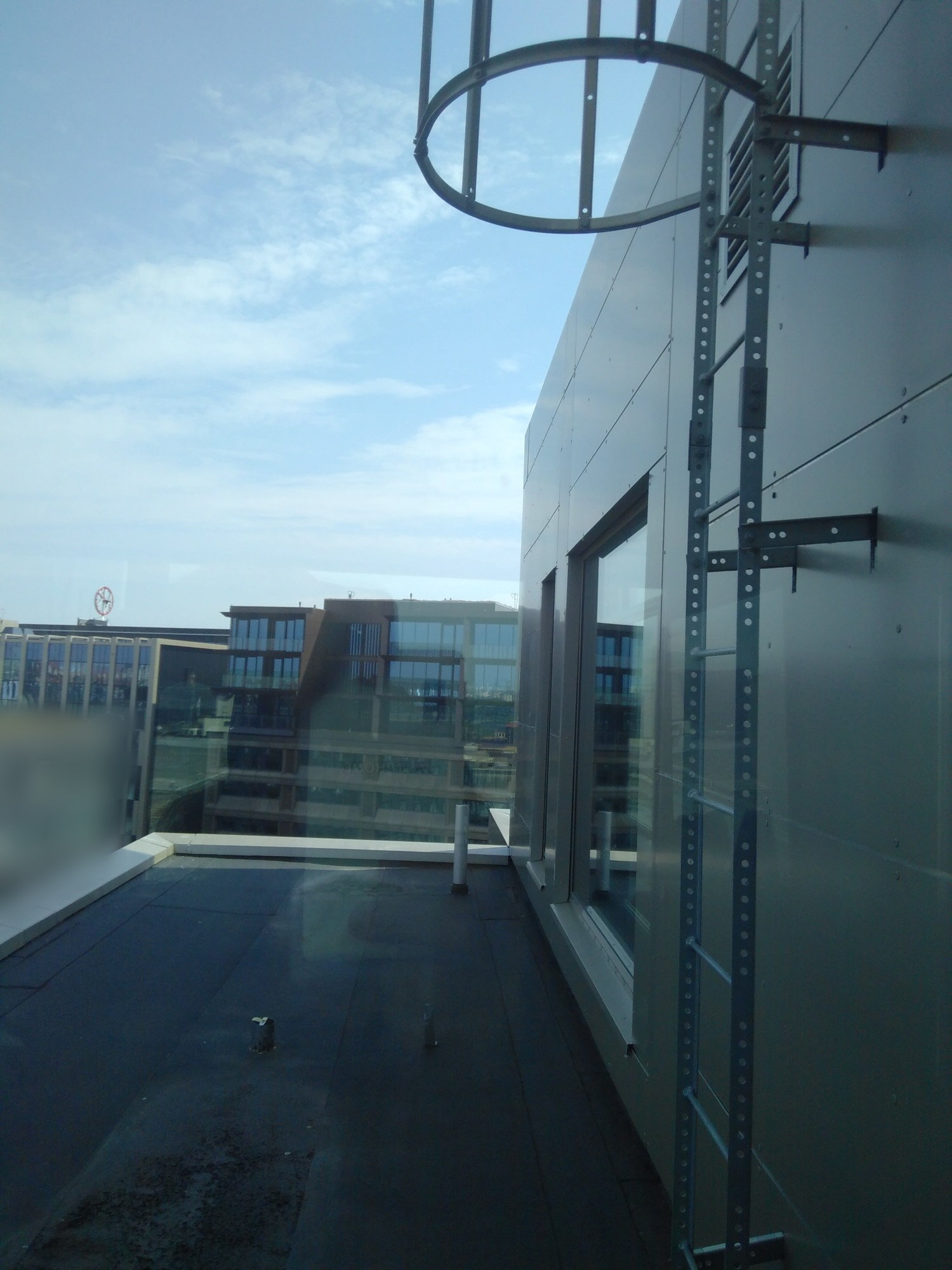
Setup
Characters
In keeping with the theme of the festival, the playable characters in the game were all
Nobel
laureates. When selecting a laureate to play as, players could read about the amazing
scientific
discoveries that earned them their Nobel prizes.
All characters were beautifully illustrated by Ambar Troya.

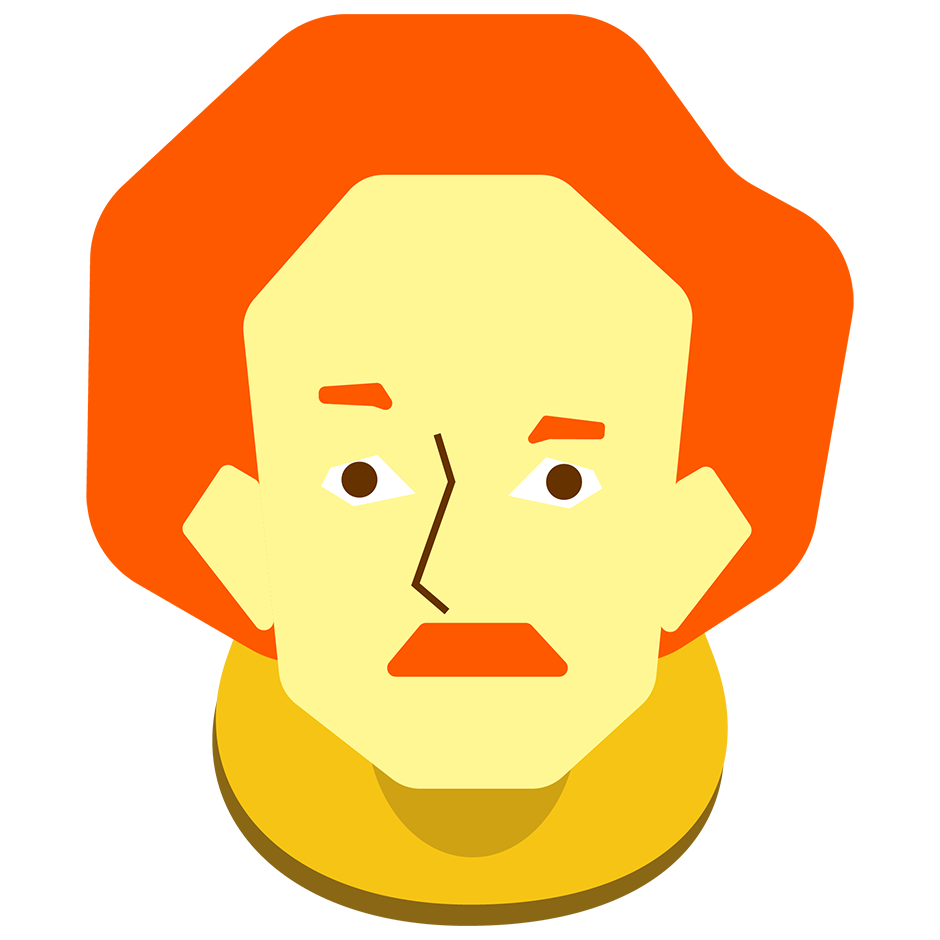
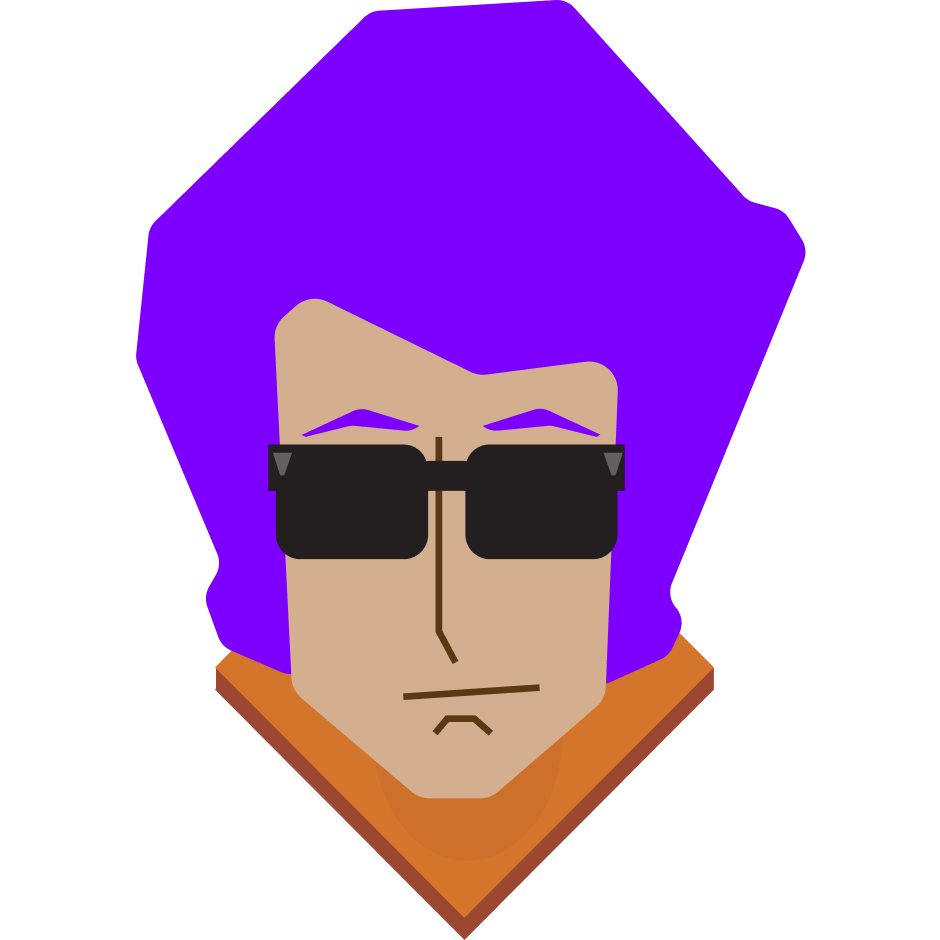
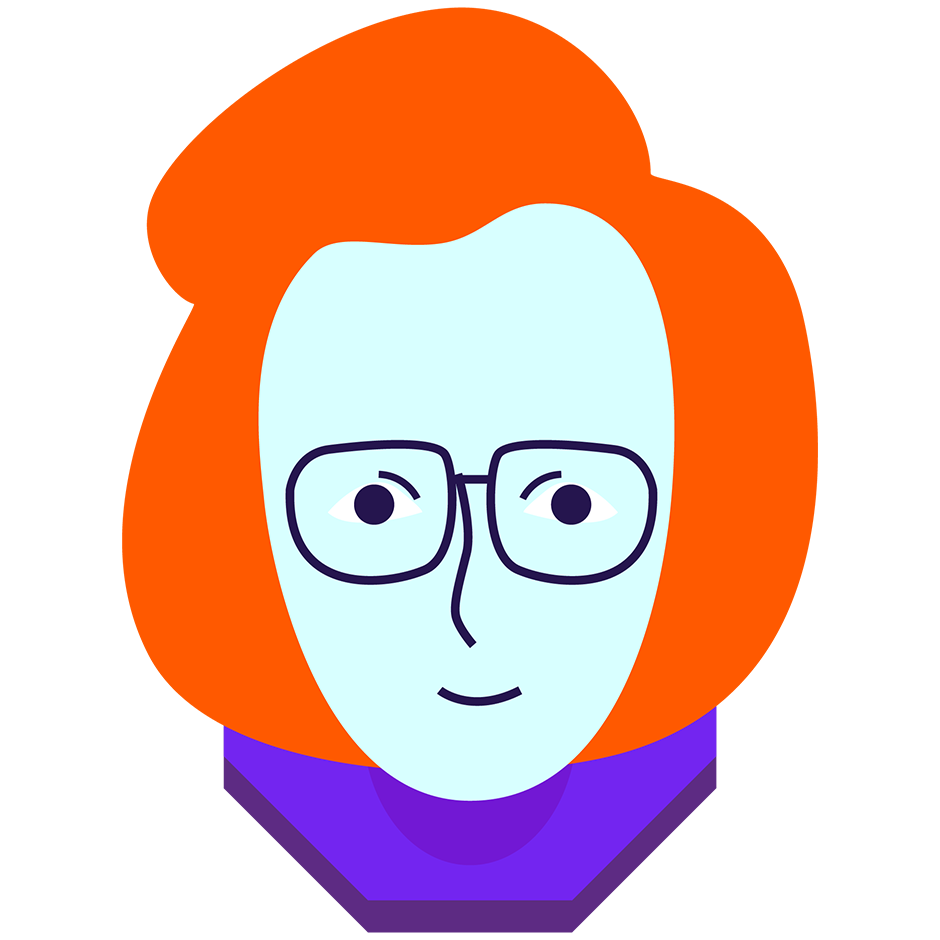

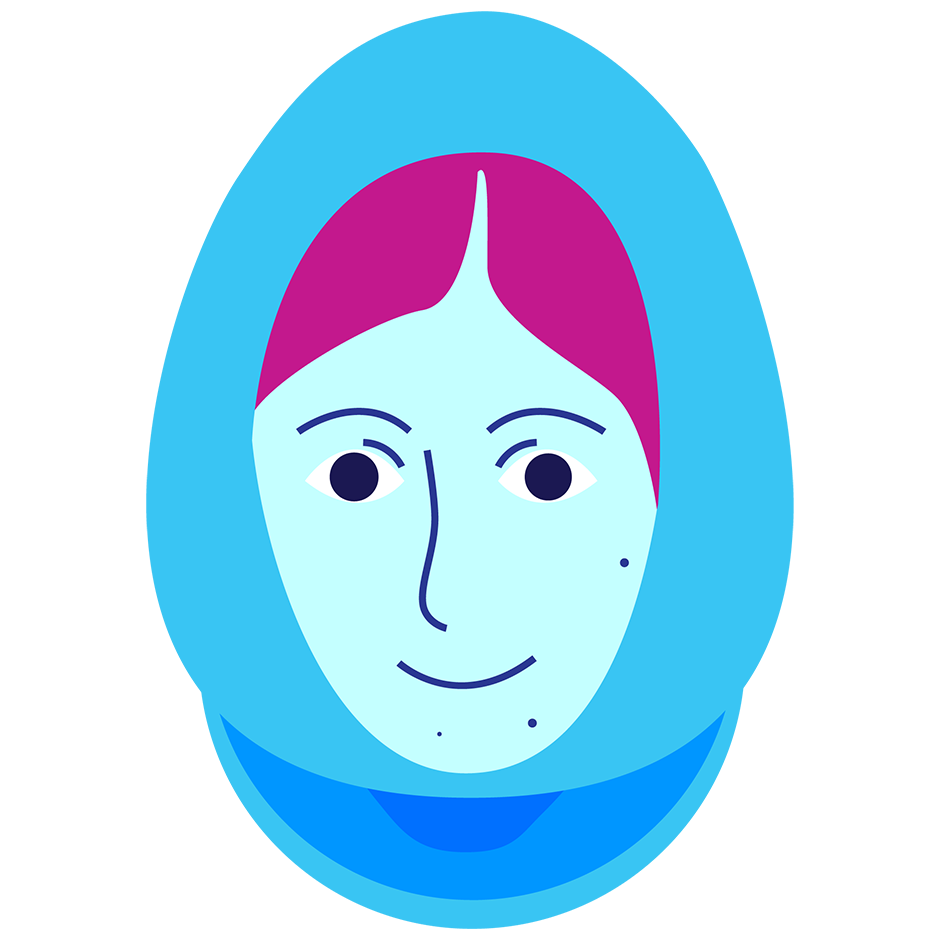
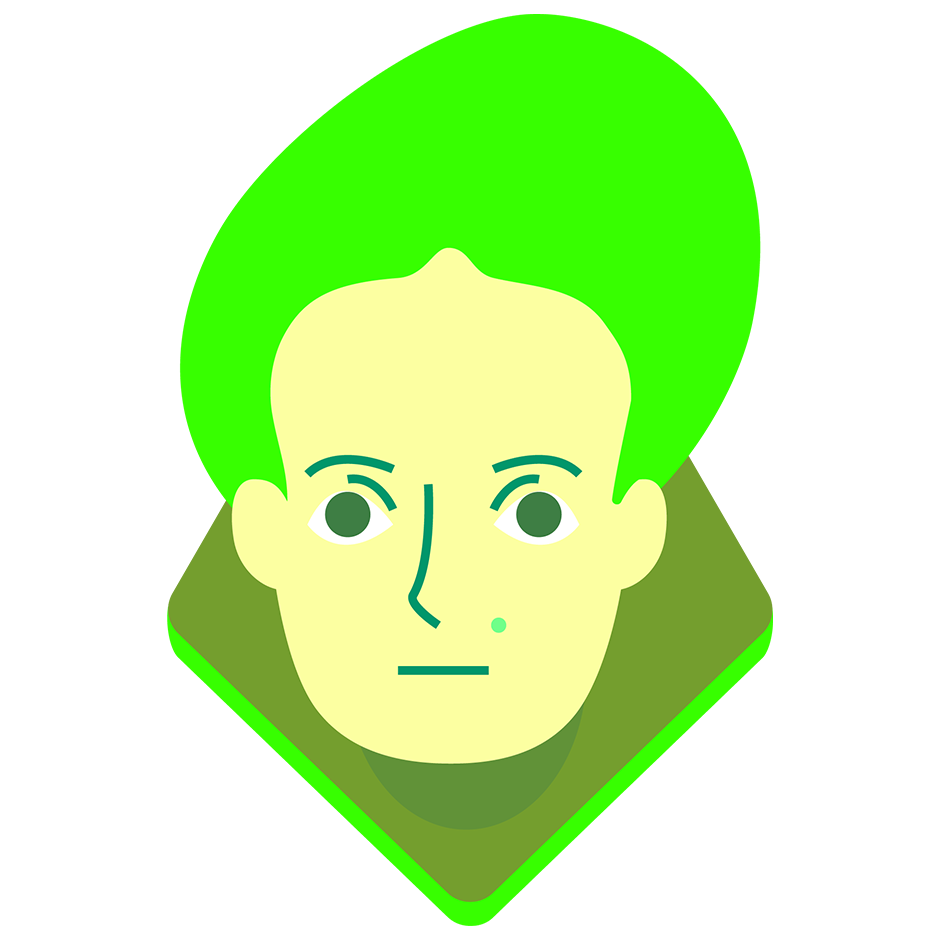

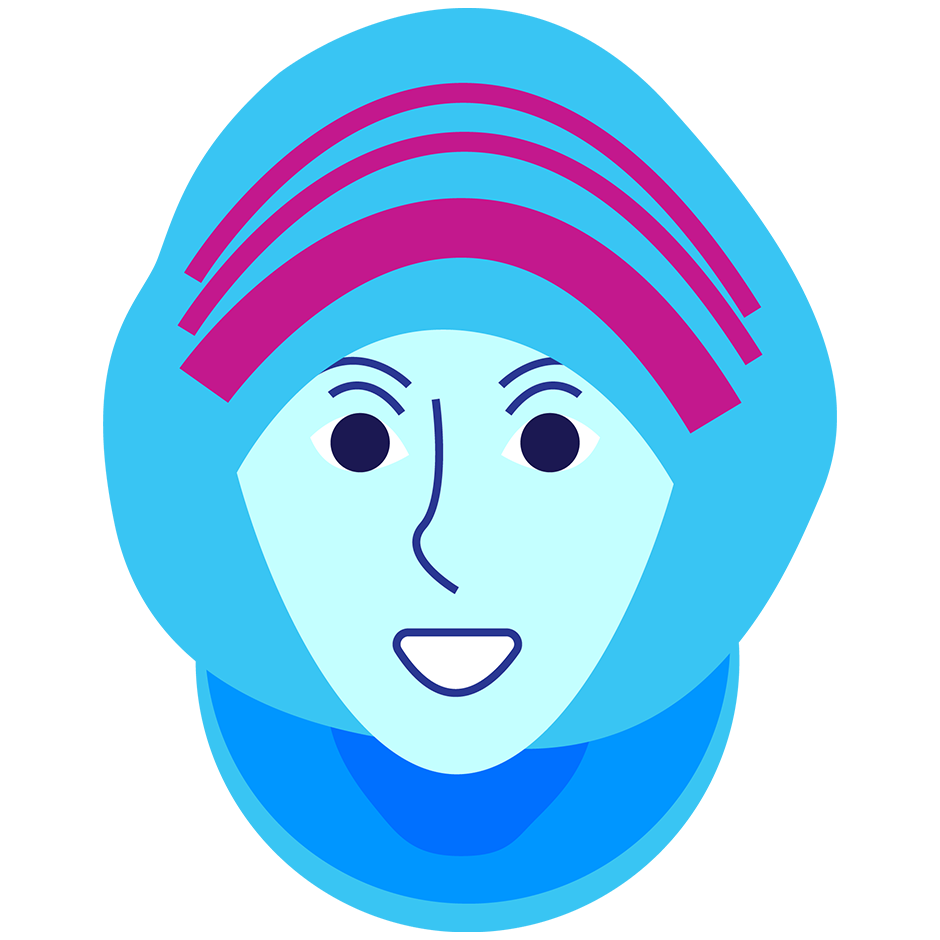
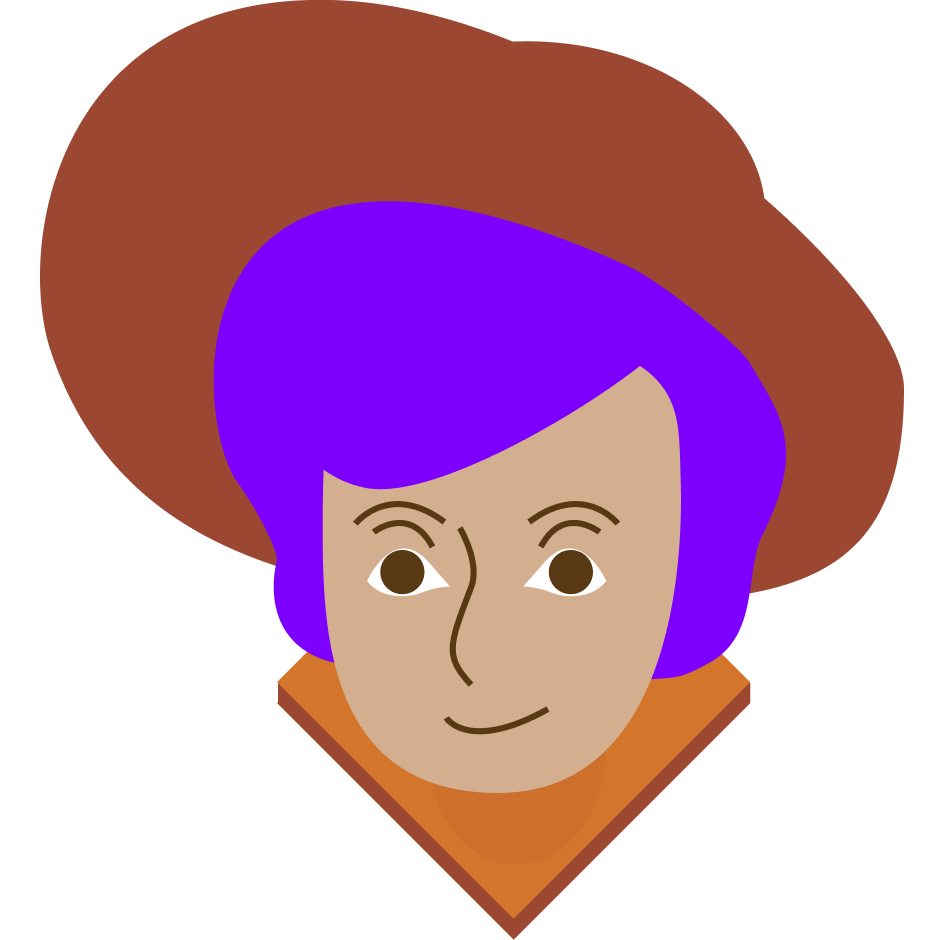




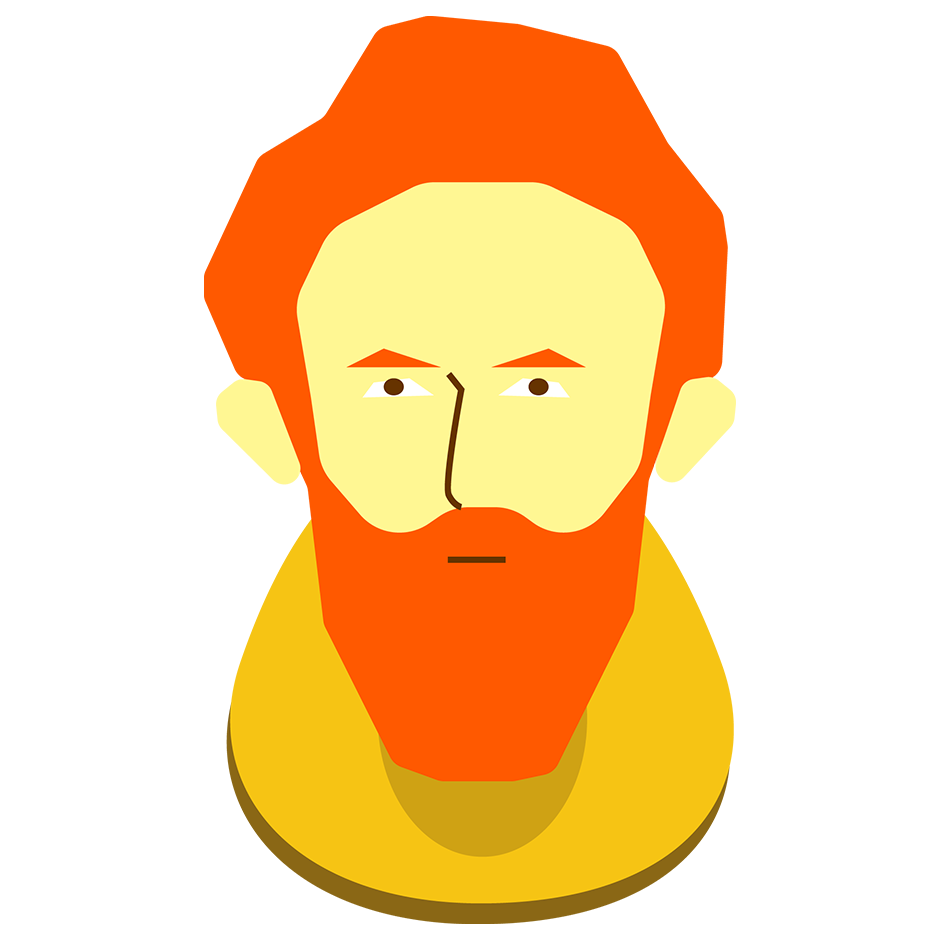
cyber|glow
4-12 December, 16:00 - 22:00
Benny Fredrikssons Torg

cyber|glow is a diptych
One part is a multi-player, interactive game. The visitors can select a laureate and control its movement on a large wall, through their phone. By picking their favorite Nobel laureate and moving their avatar around on a projection, the visitors will create an illusory mingle with some of the top scientists of all time. Users also learn more about the scientific discovery that earned their laureate their prize.
Another part of cyber|glow is a real-time observation and visualization system producing the laser movements that create the light art projection. This projection reveals the invisible game events, database accesses, systems calls, network events and function calls that operate at high frequency to deliver the game. It rotates over four modes that focus on four scales of software execution. Each mode is illustrated.
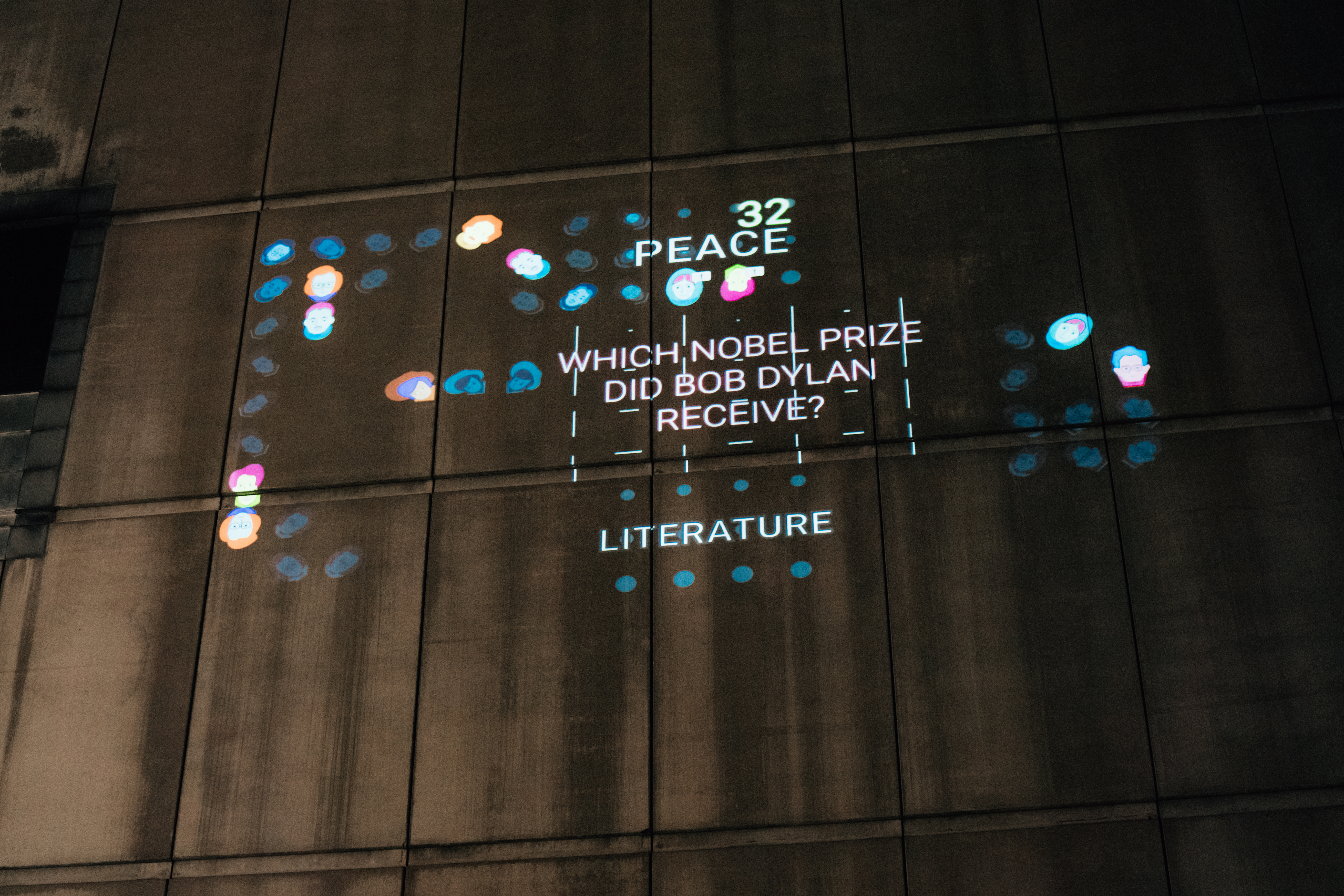 Photo: edling.agency
Photo: edling.agency
The zoomed out laser view shows the three core part of the infrastructure of the installation: the users' devices in the bottom right, the web server instance in the top and the computer in charge of the visuals in the bottom left.
Zooming in on the top middle circle reveals a laser visualisation of what is going on inside the web server: files being loaded, events being passed on, state being changed and queries to the database.
When the installation zooms in on the bottom right, events created by the user will be visualised, either as a text message displaying the particular action, or as a red dot representing the activation of an action.
The bottom left position in the triangle shows the internal low level system activity of the computer creating the visuals for the game and for the laser: errors reported, requests to the operating system to access the hardware and mechanisms to harness inputs to create truly random cryptographically secure numbers. There are thousands of such low level operations every second. Each blink of a laser dot represents tens to thousands of individual events.
Video documentation
Stats
In keeping with the theme of the festival, the playable characters in the game were all
Nobel
laureates. When selecting a laureate to play as, players could read about the amazing
scientific
discoveries that earned them their Nobel prizes.
All characters were beautifully illustrated by Ambar Troya.
{
"active players": "798",
"most_selected_player": { name: "Elinor Ostrom", "picked": "105 times" },

"least_selected_player": { name: "Bob Dylan", "picked": "95 times" },

"data_transferred": "10.01 GB",
"most_used_emoji": {"emoji": "❤", "share_of_emotes": "19%" },
"emotes_between_players": {"total_number": "6225", "all_emotes": "❤🎁🎊👏😀🎈🎉✌👋😁👍😮"},
"computer_languages": ["JavaScript", "TypeScript", "C++", "CSS", "Rust", "HTML", "YAML", "JSON", "Python", "csv"],
"num_files": "29000",
"lines_of_code": "ca 4 million",
}